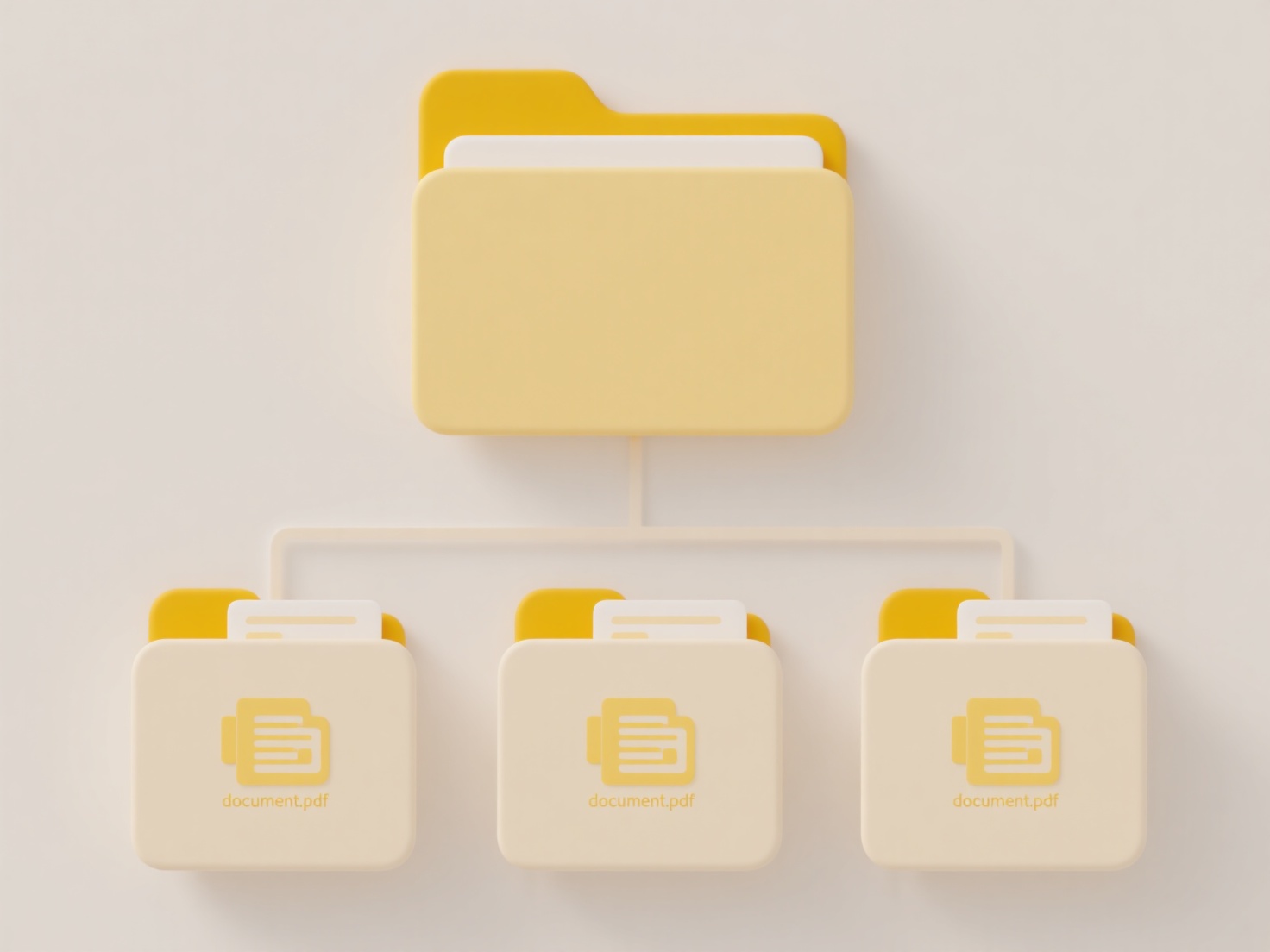
Automated file organization tools are software applications that systematically arrange files based on predefined rules or intelligent analysis, reducing manual effort. Unlike manual sorting or basic search tools, these utilize techniques like rule-based sorting, tagging, filename/content parsing, or AI-powered pattern recognition to categorize and place files automatically into designated folders. Examples include script-based solutions, dedicated file managers, or cloud storage features.

Common applications involve personal file management like sorting downloads or photos into dated folders using tools like Hazel (macOS) or Fileside. Businesses extensively use them for workflow automation, such as Document Management Systems (DMS) routing invoices to specific departments based on vendor names or content, streamlining document handling. Cloud storage platforms like Google Drive or Dropbox also offer basic auto-sorting features.
These tools offer significant efficiency gains and consistency, minimizing human error. However, initial setup complexity, occasional misclassification requiring manual correction, and data privacy considerations in cloud-based AI analysis are limitations. Ethical data handling and transparent algorithms are crucial. Future advancements in AI categorization will improve accuracy and enable more complex, context-aware filing systems, further boosting productivity.
What tools help with automated file organization?
Automated file organization tools are software applications that systematically arrange files based on predefined rules or intelligent analysis, reducing manual effort. Unlike manual sorting or basic search tools, these utilize techniques like rule-based sorting, tagging, filename/content parsing, or AI-powered pattern recognition to categorize and place files automatically into designated folders. Examples include script-based solutions, dedicated file managers, or cloud storage features.

Common applications involve personal file management like sorting downloads or photos into dated folders using tools like Hazel (macOS) or Fileside. Businesses extensively use them for workflow automation, such as Document Management Systems (DMS) routing invoices to specific departments based on vendor names or content, streamlining document handling. Cloud storage platforms like Google Drive or Dropbox also offer basic auto-sorting features.
These tools offer significant efficiency gains and consistency, minimizing human error. However, initial setup complexity, occasional misclassification requiring manual correction, and data privacy considerations in cloud-based AI analysis are limitations. Ethical data handling and transparent algorithms are crucial. Future advancements in AI categorization will improve accuracy and enable more complex, context-aware filing systems, further boosting productivity.
Quick Article Links
How do I rename a file on Windows?
Renaming a file on Windows means changing its displayed name without altering its location on the drive or the data it c...
How do I organize folders for training materials?
Organizing training materials involves structuring folders logically for easy access and management. Key principles incl...
What’s the best naming convention for version control?
A version control naming convention is a standardized system for labeling software releases or file versions. It provide...